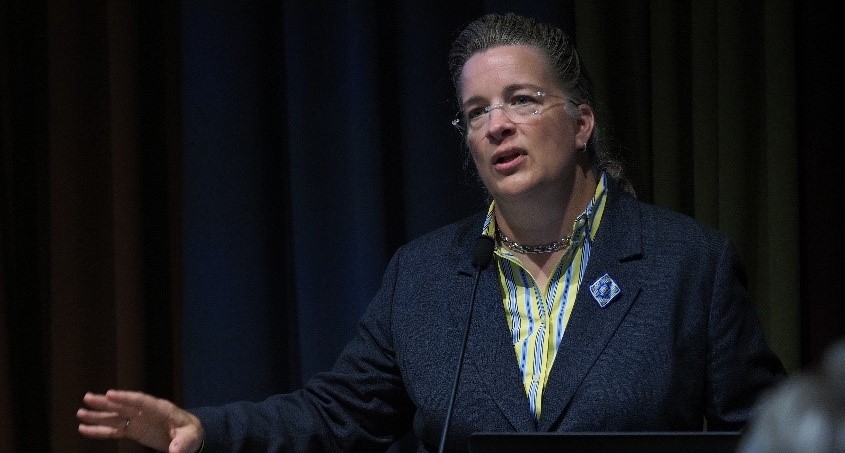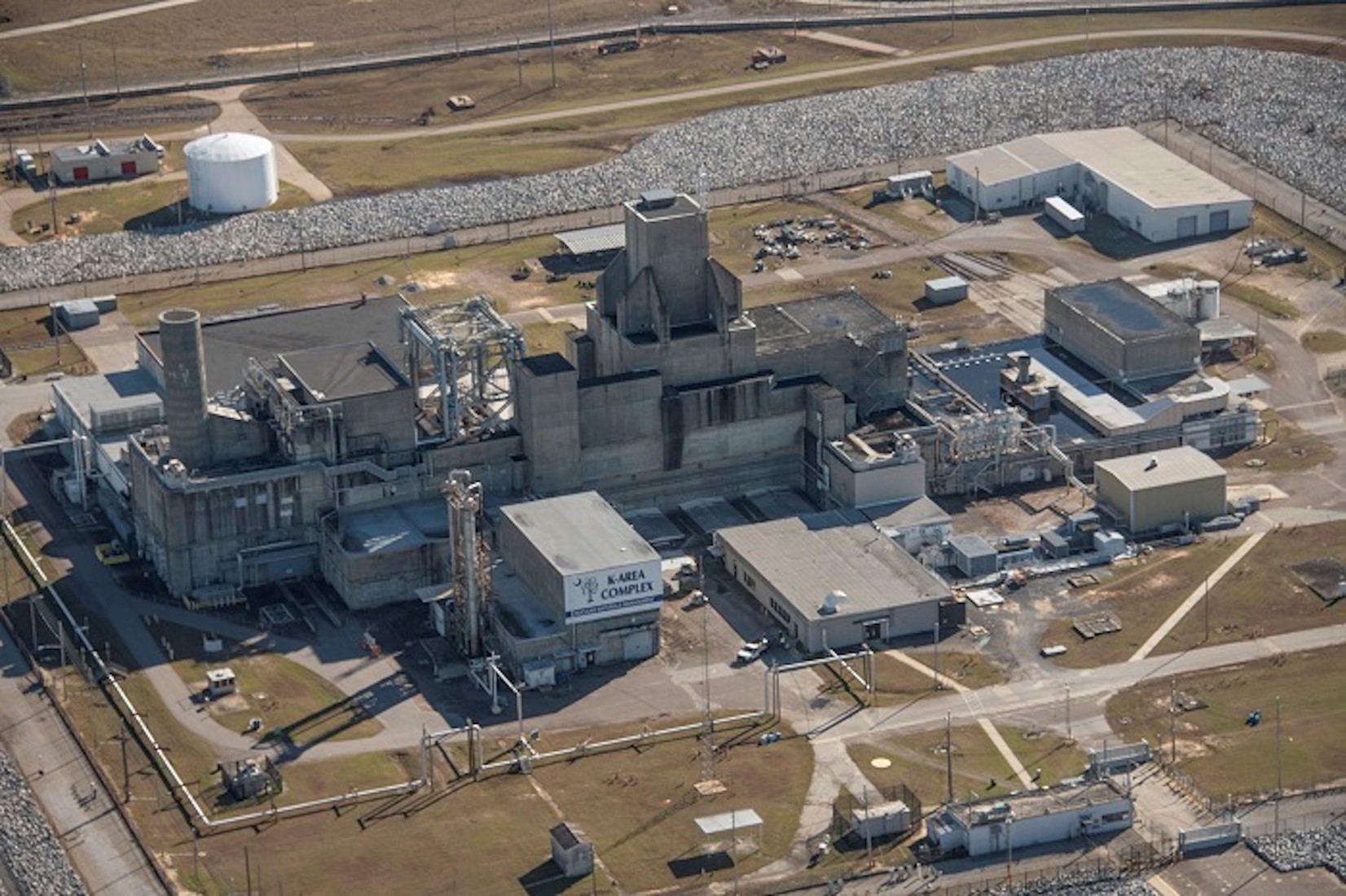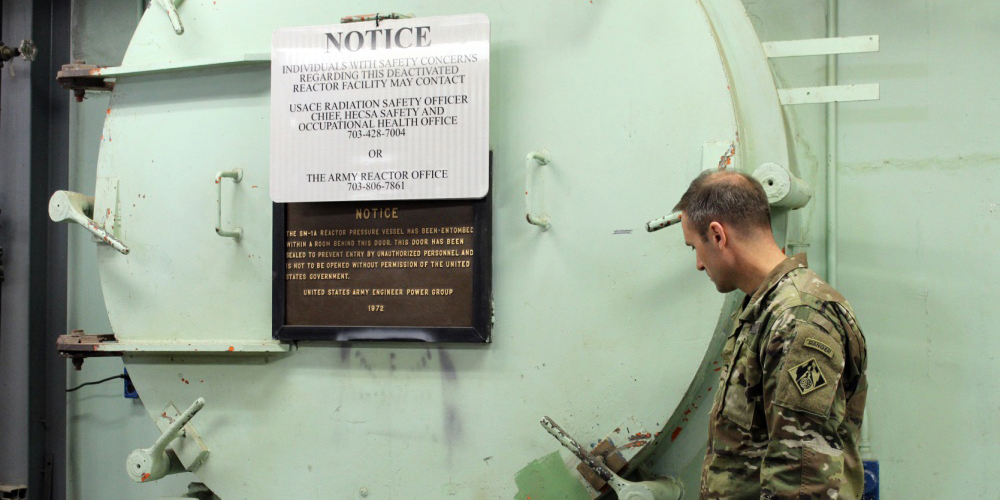
Locke
It might seem odd to begin a discussion about radiation risk communication with a title that references the 21st century. Simple math tells us that more than 20 percent of the 21st century is in our rearview mirror. Still, today we are relying on many of the concepts and ideas about communication that were developed decades ago. Using dated techniques for outreach about radiation hinders efforts to engage communities and the public in a discussion about the risks and benefits of technologies that use radiation sources.
Several years ago, I visited the Hanford Site’s B Reactor. I also toured an operating nuclear power plant that is currently part of the U.S. fleet, and I have learned about the design and operation of advanced small modular reactors. The evolution in reactor designs represented by these three technologies demonstrates that a culture of innovation and research delivers success. The nuclear industry is now, and continues to be, forward-looking as power generation, cleanup, and worker protection become advanced and are made safer, more efficient, and ready for the future.


-3 2x1.jpg)
.jpg)
.jpg)










 2x1.jpg)


